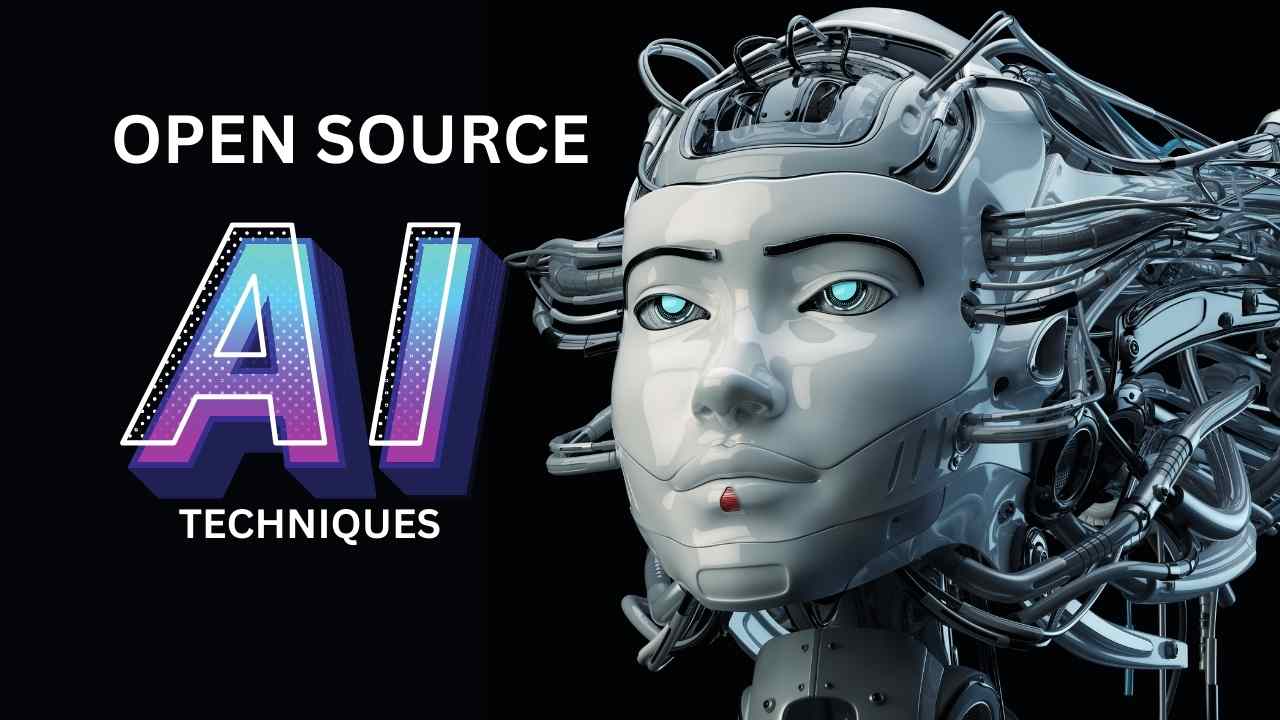The field of AI is evolving at a breakneck pace, and large language models (LLMs) are at the forefront of this revolution. These models possess incredible potential, and recent advancements in open-source techniques are revealing just how powerful they can be.
This article delves into some of these cutting-edge approaches that are pushing the boundaries of LLM capabilities, offering a glimpse into the future of AI.
Claude 3 Opus: The Current Gold Standard
Currently, Claude 3 Opus is considered the gold standard among LLMs. It outperforms other models, including GPT-4 and Gemini, in various benchmarks. However, Claude 3 Opus comes in different sizes, with smaller versions like Haiku and Sonnet sacrificing some capabilities for faster and cheaper operation.
But here’s where things get interesting: Claude 3 Haiku, the smaller and seemingly less capable model, can be tricked into performing almost as well as its bigger sibling, Claude 3 Opus. This feat is achieved through clever prompting techniques, highlighting the vast untapped potential within even seemingly “weaker” LLMs.
Claude Opus to Haiku: Unleashing Hidden Power
Matt Shumer, CEO of Hyperwrite AI, introduced the “Claude Opus to Haiku” technique, which allows users to achieve Claude 3 Opus-level quality at a fraction of the cost and latency. This open-source method involves providing Claude 3 Opus with a task description and a single input-output example.
Opus then generates diverse examples similar to the provided one and uses them, along with the task description, to create a “system prompt.” This prompt, when fed into Haiku, unlocks its hidden potential, enabling it to perform tasks at a level previously thought impossible for smaller models.
This technique has significant implications for AI development, as it allows developers to utilize smaller, faster, and cheaper models without sacrificing quality. This benefit can translate to more affordable and accessible AI tools for everyone.
Here is the Github Repo
Quiet Star: Giving LLMs an Inner Monologue
Another groundbreaking technique, called Quiet Star, equips LLMs with an “inner monologue” that dramatically improves their reasoning and performance. Developed by Bindu Reddy, Quiet Star is also fully open-source and can be implemented on existing models like ChatGPT and Claude 3.
Quiet Star works by generating multiple inner monologues in parallel after each token (roughly equivalent to a word) is generated. These monologues, essentially the model “thinking out loud,” are then used to predict future text with and without the rationales. This process allows the LLM to learn and improve its predictions over time.
The results are impressive: Quiet Star boosted the performance of a 7B model (significantly smaller than GPT-3.5) by over 10% on common sense question-and-answer tasks and doubled its math performance. These findings suggest that Quiet Star’s impact on larger models like GPT-4 could be even more significant.
Chain of Thought Prompting: Step-by-Step Reasoning
Chain of Thought prompting is another technique that enhances LLM performance by guiding them through a step-by-step reasoning process. This method involves breaking down a problem into smaller, more manageable steps, making it easier for the model to understand and solve.
Ruben Hassid demonstrated the effectiveness of Chain of Thought prompting by comparing it to simple prompts on a task requiring strategy, reasoning, and an action plan. The results showed that Chain of Thought prompting led to more focused and detailed outputs, avoiding the generic responses often associated with basic prompts.
Compounding Techniques for Exponential Improvement
The true magic lies in combining these techniques. Imagine an LLM equipped with Quiet Star’s inner monologue, trained with the Claude Opus to Haiku method, and prompted using Chain of Thought. This combination could potentially unlock capabilities far beyond what we currently see in even the most advanced LLMs.
The possibilities are endless, and the future of LLMs is bright. With open-source techniques like these, we are witnessing the democratization of AI, where even smaller models can achieve remarkable results. This progress paves the way for a future where powerful AI tools are accessible to everyone, driving innovation and advancements across various fields.

